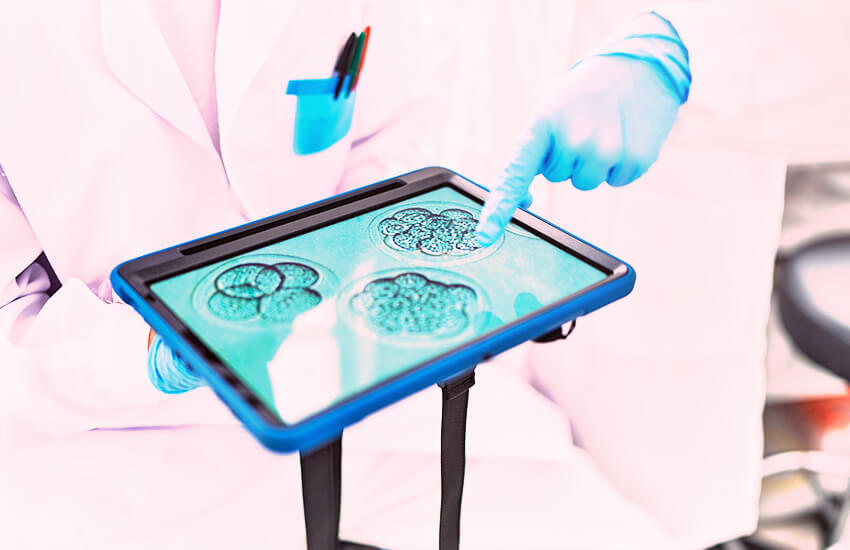Single vs. Multiple Embryo Transfer: Making the Right Choice for Your IVF Journey

In vitro fertilization (IVF) has transformed the dream of parenthood into reality for countless couples. However, it also brings important decisions, one of which is whether to transfer a single embryo or multiple embryos during the procedure.
This decision can significantly impact the success of your IVF journey, the health of both mother and baby, and your family planning goals. In this blog, we’ll explore the key aspects of single embryo transfer (SET) and multiple embryo transfer (MET) to help you make an informed choice.
What is Single Embryo Transfer (SET) vs. Multiple Embryo Transfer (MET)?
- Single Embryo Transfer (SET): This involves transferring one high-quality embryo into the uterus. SET is often preferred for its association with safer maternal and neonatal outcomes.
- Multiple Embryo Transfer (MET): This involves transferring two or more embryos simultaneously. MET is typically considered for women over 35 or those with lower-quality embryos due to age-related fertility decline.
Success Rates: SET vs. MET
Globally, fertility clinics are increasingly adopting international guidelines, such as those from ESHRE and ASRM, which recommend SET in most cases for its safer outcomes. In India, the Indian Council of Medical Research (ICMR) supports SET for women under 35 to reduce the risks linked to multiple pregnancies.
Why SET is Recommended?
- Fewer Risks: SET minimizes the likelihood of twins or triplets, significantly reducing complications like preeclampsia, preterm birth, and low birth weight.
- Technological Advancements: Innovations like preimplantation genetic testing (PGT) and improved embryo culture techniques have boosted SET success rates, even for older women.
MET Success Rates
While MET may increase the chance of pregnancy in a single IVF cycle, it comes with higher risks. Understanding the nuances of single vs. multiple embryo transfer success rates is essential to making the best decision for your journey.
Risks and Considerations
Choosing between SET and MET requires evaluating potential risks and other factors:
1. Health Risks for Mother and Baby:
- Multiple Pregnancies: MET increases the chance of twins or triplets, leading to complications such as gestational diabetes, preeclampsia, preterm labor, and cesarean delivery.
- Neonatal Risks: Babies from multiple pregnancies are more likely to have low birth weights and face developmental challenges.
2. Financial Considerations:
- SET may require more IVF cycles to achieve pregnancy, increasing costs over time.
- MET may achieve pregnancy sooner but carries the risk of higher medical expenses due to complications from multiple pregnancies.
3. Emotional and Physical Well-being:
- MET can be more physically demanding, as carrying multiples places greater strain on the body.
- The emotional toll of handling complications from multiple pregnancies can also be challenging.
SET vs. MET: Which is Right for You?
The decision between single and multiple embryo transfers depends on several factors:
- Age: Women under 35 often achieve similar success rates with SET compared to MET. For women over 35, MET may improve the chances due to declining egg and embryo quality.
- Health Considerations: Women with underlying health conditions should prioritize SET for safer outcomes.
- Embryo Quality: High-quality embryos increase the success of SET, while MET may be considered if embryo quality is lower.
If you are young and have high-quality embryos, SET offers a balanced approach to safety and success. Conversely, women with specific infertility challenges or those over 35 may benefit from MET.
Conclusion
Choosing between single and multiple embryo transfers is a deeply personal decision influenced by age, health, and fertility goals. Discussing your options with a fertility specialist during pre-treatment counseling can provide the clarity you need to make the right choice.
Ultimately, the best decision is one that aligns with your health and parenthood dreams while prioritizing the safety and well-being of both mother and baby.